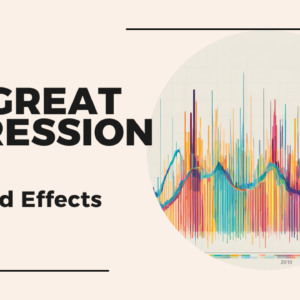What if the Berlin Wall never came down? What if JFK was never assassinated? What would the world look like? What would be written about these events? Asking these alternative questions about historical events is part of what is known as “counterfactual history” — a field that likes to take...
Patrick Thiel
This is my takeaway on the third day of Google’s Intensive GenAI Course. Agents Components of Agents More information I posted a more detailed summary on GitHub. Thank you for reading! Check out my GitHub for other projects. You can also read the story on Medium. Feel free to reach out on LinkedIn.
This is my takeaway on the second day of Google’s Intensive GenAI Course. Embedding Introduction Why using embedding? From Input to Embedding Types of Embedding More information I posted a more detailed summary on GitHub. Thank you for reading! Check out my GitHub for other projects. You can also read the story...
This is my takeaway on the first day of Google’s Intensive GenAI Course. Foundations of LLM Prompt Engineering More information I posted a more detailed summary on GitHub. Thank you for reading! Check out my GitHub for other projects. You can also read the story on Medium. Feel free to reach out on LinkedIn.
I have decided to start a new series – Booklog, where I will share the books I have read and what I think about them. Will it be an extensive book review? Certainly not – Some articles will be long, some will be short. Will it be fun? I hope...
In my last post, I discussed the experimental design for comparing the effect of an event on two groups (treatment and control groups). The example showed no significant effect, i.e., no difference between the groups, for the intervention discussed. But is this true? The result could be correct and there...
Motivation In the last article, I discussed how to implement a simple model to judge the (linear) relationship between two or more variables. In this article, I will walk you through a simple yet powerful tool for judging the difference between groups. In an ideal world, we would like to...





